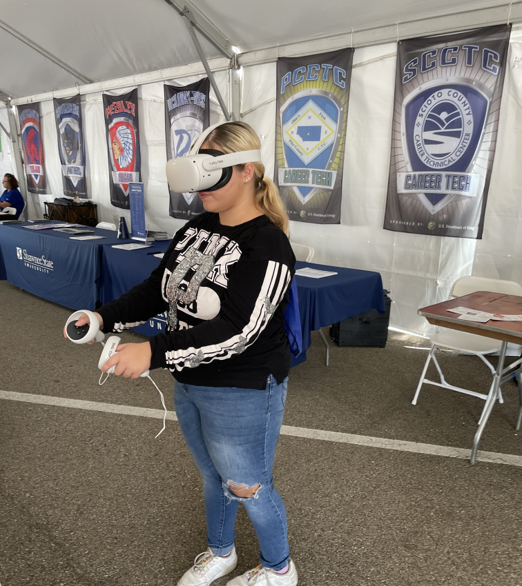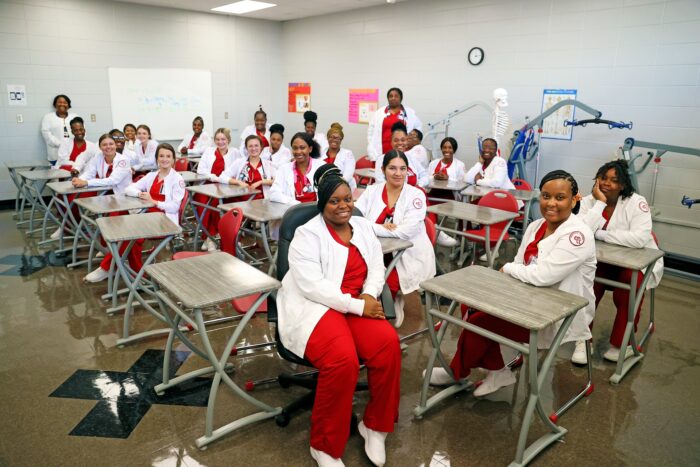ARC’s POWER (Partnerships for Opportunity and Workforce and Economic Revitalization) Initiative recently awarded $68.2 million to 65 grantees that are working to create new economic opportunities in Appalachian communities affected by the downturn of the coal industry. The funding package is supporting projects across 10 Appalachian states, impacting every Appalachian sub-region.
In this 2024 POWER package, Central Appalachia – comprising part of Appalachian Ohio and all of Appalachian Kentucky, North Carolina, Ohio, Tennessee, Virginia, and West Virginia – is our most-awarded sub-region. Thirty-seven projects will diversify and revitalize coal-impacted economies in the sub-region by strengthening a variety of industries, including entrepreneurship and business development.
Below, we take a closer look at projects in Kentucky and West Virginia that are leveraging partnerships to help entrepreneurs, startups, and small businesses flourish in Central Appalachia.
Entrepreneurship Supporting Downtown Revitalization in Kentucky
Kentucky’s Big Sandy area – which includes Floyd, Johnson, Magoffin, Marin, and Pike counties – is taking an innovative approach to downtown revitalization.
While many communities in the Big Sandy area seek to enhance support for entrepreneurs, they are also looking to fill vacant storefronts and underutilized spaces in their downtowns.
Enter the Big Sandy Area Development District and their partners, who will use a $400,000 POWER grant for the Fueling Innovation, Revitalization, and Entrepreneurship (FIRE) Program. FIRE will use live, data-driven technology to connect entrepreneurs to incubators and vacant spaces in the community, serving as a launching pad to nurture entrepreneurial ideas.
They expect to serve 150 aspiring entrepreneurs, providing them with the tools, personalized support, and space needed to bring entrepreneurial ideas to life.
Helping Underserved Business Owners Succeed
POWER grantees in Central Appalachia and beyond are working to close gaps in support for entrepreneurs and small business owners that may otherwise be underserved.
One such grantee is Partner Community Capital, Inc. (PCAP), which launched the WV Women’s Business Center (WBC) in 2020, to provide a wide range of business development support services to women and minority-owned businesses in the Mountain State.
Now, a $1.26 million POWER grant will enable PCAP to help even more small, underserved businesses grow and thrive in West Virginia.
PCAP’s new POWER project will allow them to expand their services to all 55 West Virginia counties, providing enhanced consulting, training, education, mentoring, and capital services to underserved small businesses.
Building an Entrepreneurial Ecosystem for the Arts
Meanwhile, our READY Nonprofit partner, Tamarack Foundation, is supporting aspiring artists and arts entrepreneurs in the Mountain State.
In 2023, Tamarack used a $30K POWER grant to develop a plan to bolster resources, tools, and programming for arts-based businesses and entrepreneurs.
Now they will use a new $1.1 million POWER grant to establish The Creative Network, a database compiling business coaching, access to capital, and other support services tailored to entrepreneurs in the art industry.
Not only will the network increase visibility of the services and support designed to help entrepreneurs in the arts succeed, but it will also build awareness of the state’s vibrant creative economy and wealth of arts and cultural assets.
We’re grateful for these and other POWER partners who are expanding resources, training, physical infrastructure, and networks for entrepreneurs and small business owners – all key contributors to the strong ecosystem of support that helps new businesses, ideas, and industries flourish.
Learn more about ARC’s $68.2 million POWER package announced on October 16, 2024, at the headquarters of POWER grantee Catalyst Connection in Pittsburgh, Pennsylvania, which supports 65 economic diversification and revitalization projects in coal-impacted communities across 10 Appalachian states.


